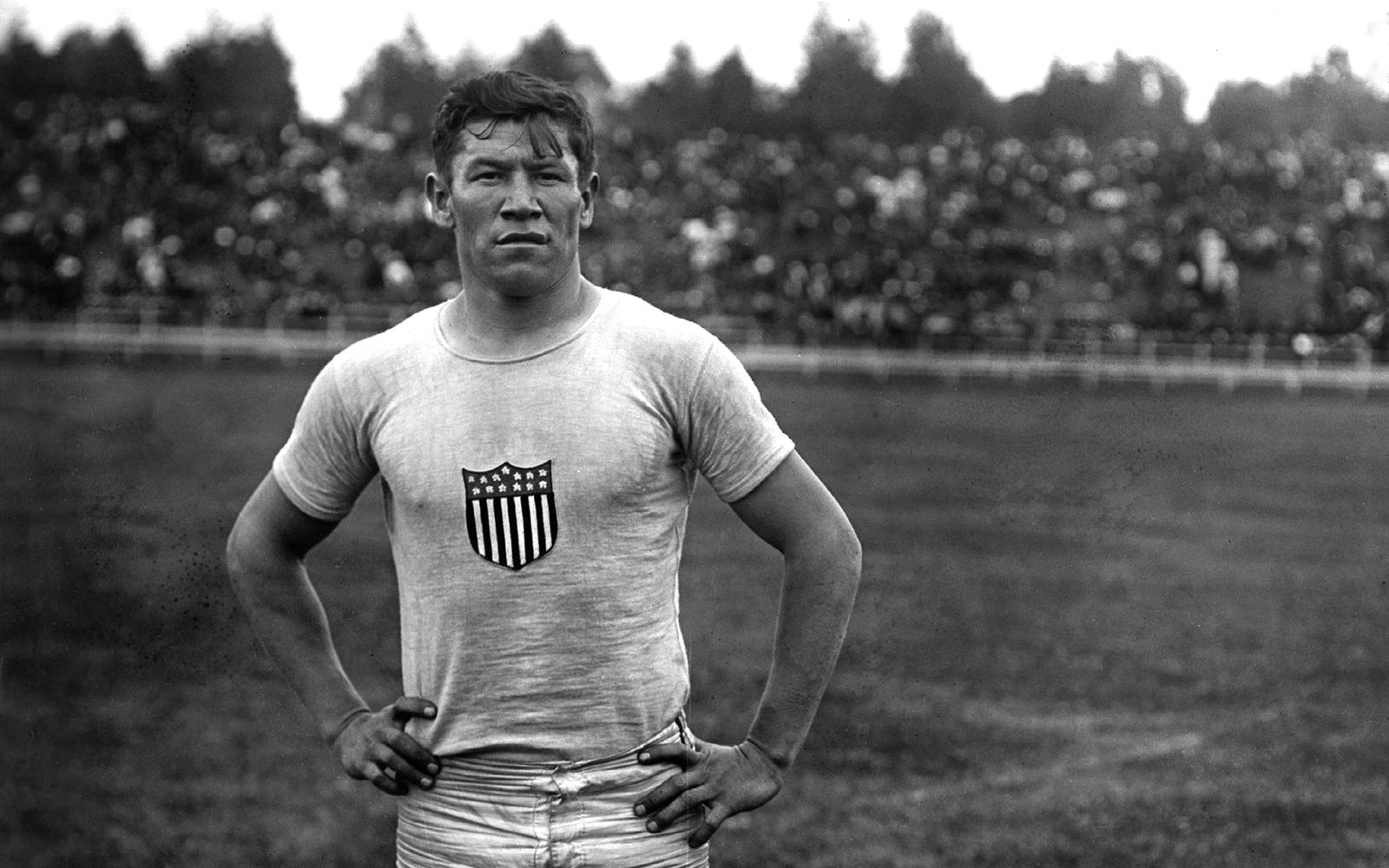The World’s Greatest Athlete, Jim Thorpe, Started in the NAIA
In the realm of sports legends, few names shine as brightly as that of Jim Thorpe. His legacy spans the realms of football, baseball, and track and field, leaving an indelible mark on the sporting world. What makes his journey even more extraordinary is the path he took from the National Association of Intercollegiate Athletics (NAIA) to the professional leagues, showcasing his unparalleled talent, resilience, and determination.
Born on May 28, 1888, in a small town in Oklahoma, Jim Thorpe's Native American heritage infused his upbringing with a deep connection to the land and an innate sense of athleticism. He attended the Carlisle Indian Industrial School in Pennsylvania, where his athletic prowess began to take shape. Under the guidance of coach Pop Warner, Thorpe honed his skills in football, baseball, and track and field.
Jim Thorpe's athletic prowess was undeniable, and it didn't take long for him to make a name for himself within the NAIA. He excelled in football, showcasing his versatility as a running back, defensive back, and kicker. In 1912, he led the Carlisle football team to a stunning victory over a powerful Army team, solidifying his reputation as a force to be reckoned with on the field.
Thorpe's accomplishments extended beyond football. He competed in track and field events, demonstrating his exceptional speed, strength, and agility. At the 1912 Stockholm Olympics, he achieved unparalleled success by winning both the pentathlon and the decathlon, earning him the title of "World's Greatest Athlete."
After his impressive performance on the world stage, Jim Thorpe's journey took him from the collegiate ranks to the professional leagues. He signed with the Canton Bulldogs, a team in the early days of what would later become the National Football League (NFL). His impact on the professional game was immediate and transformative.
Thorpe's time with the Canton Bulldogs showcased his versatility once again. He played multiple positions, including running back, defensive back, and kicker. His athleticism and leadership helped elevate the team to multiple championships, solidifying his reputation as the era's most dynamic player.
Despite his remarkable talents, Thorpe faced challenges that transcended the realm of sports. In 1913, it was revealed that he had played professional baseball during a period when amateurism was strictly enforced in both football and track and field. As a result, his Olympic titles were temporarily stripped, though they were later restored posthumously.
Undeterred by setbacks, Thorpe continued to shine in both football and baseball. He played for various professional football teams, including the New York Giants and the Chicago Cardinals. In baseball, he played for several teams in the major and minor leagues.
In recognition of his exceptional contributions, the Pro Football Hall of Fame inducted Jim Thorpe posthumously in 1963, forever enshrining him as a football legend. The legacy of this remarkable athlete continues to inspire athletes and fans alike, serving as a reminder that greatness knows no boundaries.
Jim Thorpe's journey from the NAIA to the pros remains a testament to his unwavering determination and unmatched talent. His impact on both collegiate and professional sports paved the way for future generations of athletes, demonstrating the possibilities that could be achieved with dedication and hard work.

